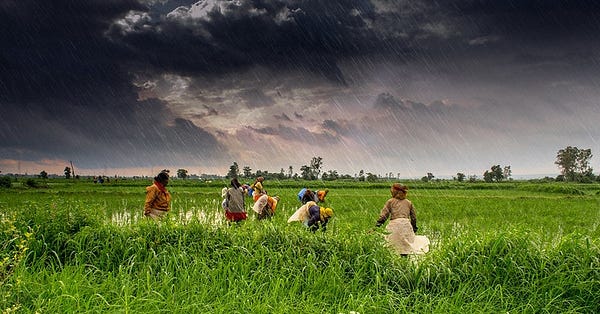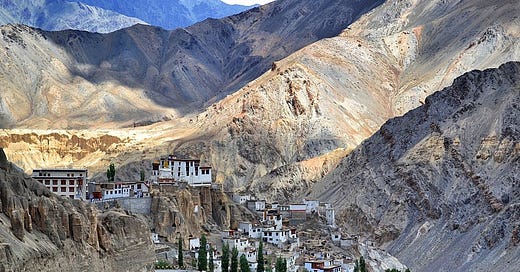Hi everybody, welcome to today’s edition of Lights On.
Today I have an exciting - and scary - announcement to make.
I started Lights On five months ago with a simple idea: telling the story of climate change and the energy transition outside the Western bubble.
I was enraged to see how stories about India and South Asia were regularly told through a Western lens - climate change is all about poverty, foreign aid and ‘low tech innovation’, energy transition is all about the double standards of an administration that is ‘doing so well on solar’ but shadily pursues coal investments.
When it comes to energy and climate stories in the West, a quick google search will return endless stories dissecting every aspect of the problem, for both specialised and – more importantly – general audiences. Try and do the same with India or the South Asian region at large and you’ll find very little of that.
And it’s not just a matter of proximity - news outlets are waking up to the fact that today’s challenges, from climate change to health, cross borders and need to be told with a global perspective. Great outlets such as Axios, or most recently Carbon Brief, have launched or are launching a China edition. Bloomberg increased its climate coverage just last year with three new positions in China and Hong Kong.
But India is still missing from the map. With nearly 1.4 billion people, India is the third biggest CO2 emitter in the world, and by 2040 it may account for 11 percent of the global energy demand. What happens here matters to the whole planet - but few outside the country know much about it. This project was born to challenge that.


Over the past few months, I investigated the India-China conflict and what a trade war means for the energy sector, how India is disaster-proofing its energy systems and the rise of urban mining in the country. I followed the dwindling coal sector beyond the dichotomy of clean/dirty energy, and reported on India’s quest to become a world leader in electric mobility.
Countless stories still wait to be told, but now I need your help to make it happen. I made a point of keeping this newsletter free for as long as I was able to do so, but to keep Lights On going and growing independently I need your support.
Your subscription will pay for me to dedicate more of my time to working on long form investigations, filing freedom of information requests (RTIs) and delivering better and more incisive reporting, three or four times a week instead of two. I will also compile a policy tracker to keep you updated on India’s green policies as they happen, and I will host group discussions to exchange ideas, hear your story tips and answer your questions.
I am putting a membership of $7 a month (or $70 a year), but students get 60 percent off and I will donate 10 free subscriptions for every 100 paid. Remember you can expense your subscription fee to your institution if you work in the climate and energy sector, and if you want a group subscription you can get in touch and we’ll work out an option for you.
If you are already a free member, just subscribe again here and choose your preferred option (you can also become a founding member with a bigger donation). And if you can, tweet about Lights On and talk about it with your friends.
Your fee doesn’t just buy access to my journalism, and the various research tools that I’ll compile. It will help challenge the conventional, colonial narrative around climate change and energy transition. You’ll strengthen voices and perspectives that so far haven’t made it to Europe or the US unfiltered. You will be part of a small project that can become a big community.
Let’s do this – together.
Here’s what people say about my work









